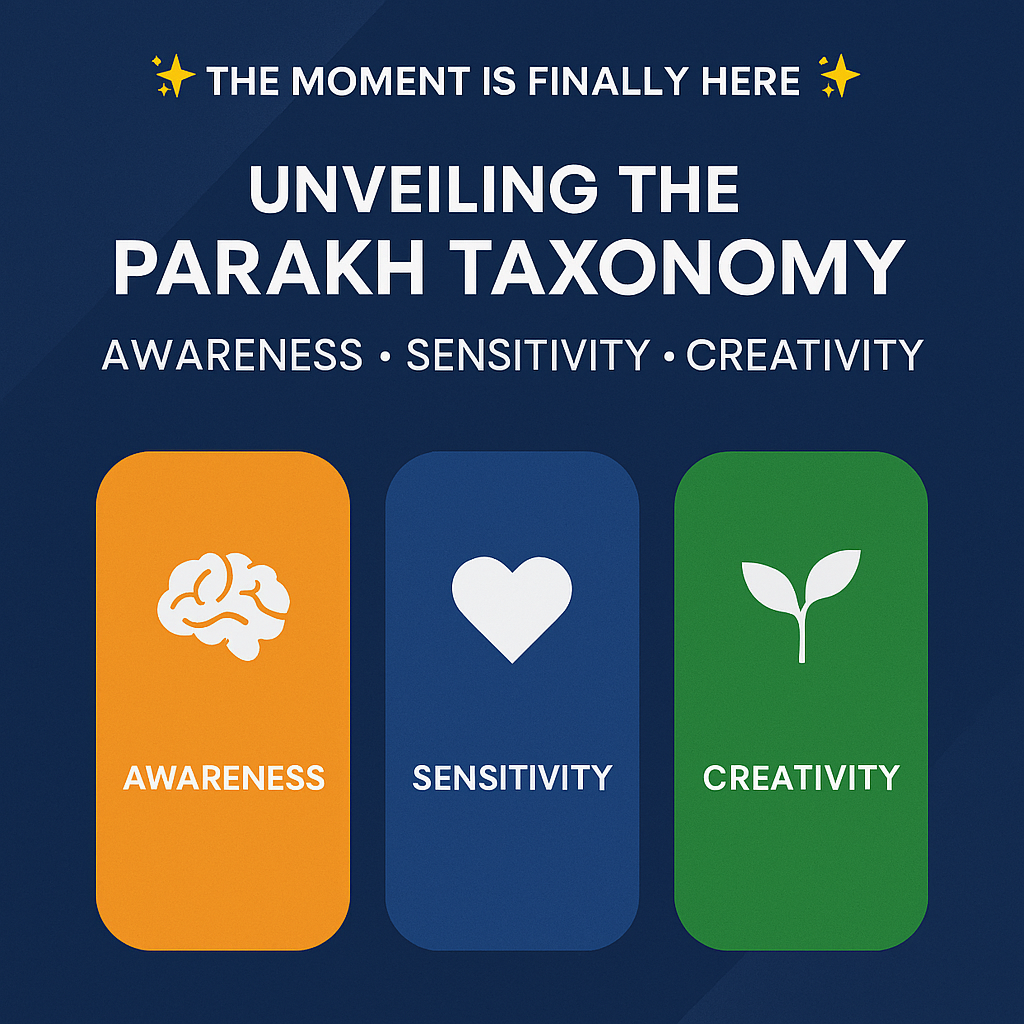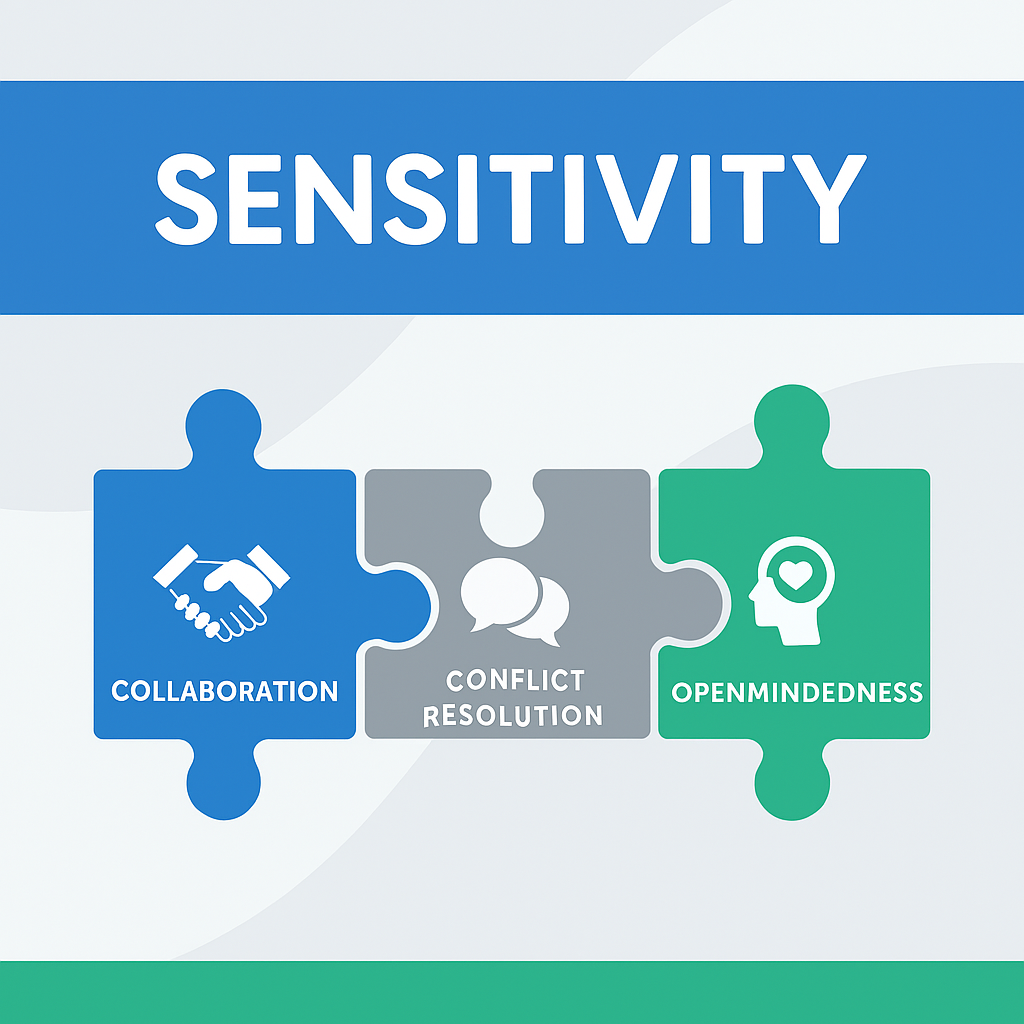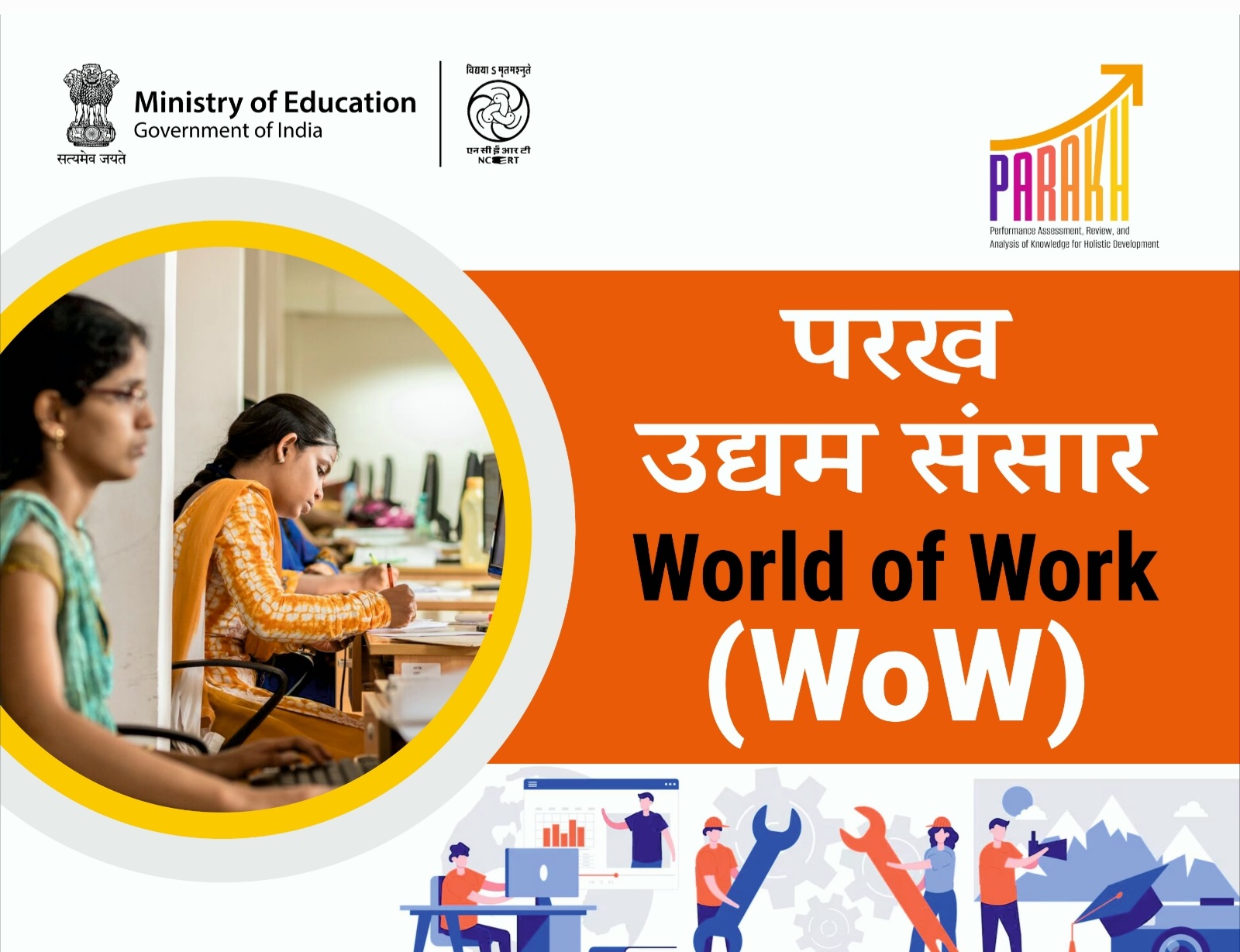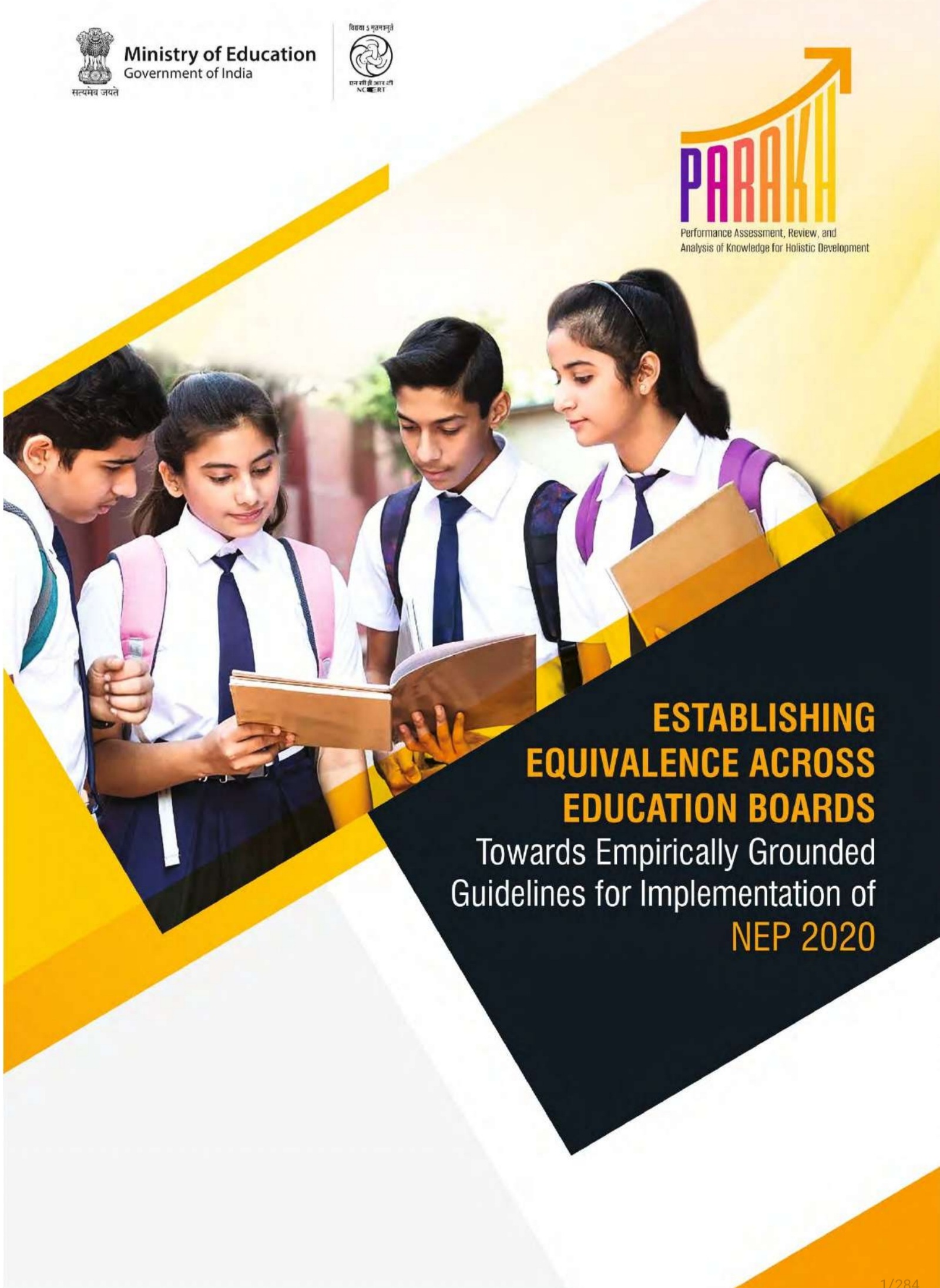PARAKH Rashtriya Sarvekshan 2024

-
2025-08-19 12:00:00
-
PARAKH NCERT
- By PARAKH
📘 PARAKHRASHTRIYASARVEKSHAN2024: A Turning Point in India’s Education Reform Journey
In a landmark stride toward evidence-based reform, the PARAKH Rashtriya Sarvekshan 2024 has emerged as India’s most comprehensive system-level assessment to date—spanning over 36 States and UTs, 21 lakh students, 74,000+ schools, and 781 district across the country. Conducted by PARAKH under NCERT on 4 December 2024, this survey doesn’t just measure learning outcomes—it redefines how we understand, support, and transform education in alignment with NEP 2020.
🔍 What Was Assessed—and Why It Matters
Targeting Grades 3, 6, and 9, the survey aligns with NEP’s developmental stages: Foundational, Preparatory, and Middle. It offers a baseline of student competencies in Language and Mathematics, while also capturing insights into school environments, digital readiness, emotional well-being, and inclusivity. This multi-dimensional lens makes the Sarvekshan not just a test—but a mirror to the system’s strengths and gaps.
📈 Foundational Gains and Gender Insights
Grade 3 results show promising recovery post-COVID. Girls slightly outperformed boys in Language (65% vs. 63%), while both scored equally in Mathematics (60%). Rural students edged ahead of urban peers, and State Government schools led foundational outcomes—validating the impact of NIPUN Bharat. Compared to NAS 2021 and 2017, Grade 3 proficiency levels have rebounded significantly, with 65% of students proficient in Math (up from 42% in 2021) and 57% in Language (up from 39%).
📊 Middle Grades: A Call for Deeper Intervention
Grades 6 and 9 revealed persistent gaps—especially in Mathematics and Science. Central Government schools performed better, but urban-rural and gender disparities remain. These findings underscore the need for targeted pedagogies, teacher training, and contextualized learning materials.
🛠️ Beyond Academics: Infrastructure, Inclusion & Well-being
The Sarvekshan goes beyond scores. It reveals that only 35% of schools accommodate Children with Special Needs (CWSN), and just 38% have trained teachers. Emotional well-being is another red flag: only 55% of students feel motivated to attend school, and less than half feel emotionally safe. These insights call for urgent integration of Social-Emotional Learning (SEL), peer support systems, and robust child protection policies.
📱 Digital Divide & Skill Education
While 72% of schools report internet access and 61% of students have smartphones, digital equity remains uneven—especially in rural areas. Skill education also shows a gap: though 47% of secondary schools offer vocational courses, only 29% of students opt in. This highlights the need for aspirational, locally relevant skill pathways and stronger industry partnerships.
🌍 A Compass for Reform
The PARAKHRASHTRIYASARVEKSHAN2024 is more than a dataset—it’s a compass for policy, curriculum redesign, and resource allocation. It validates the gains of foundational learning initiatives and flags areas needing urgent attention. As India strives toward SDG 4.1.1 and universal FLN under NIPUN Bharat, this survey offers both momentum and direction.
💡 The Road Ahead
With its scale, depth, and alignment to NEP 2020, PARAKHRASHTRIYASARVEKSHAN2024 marks a watershed moment in India’s education landscape. It invites every stakeholder—educators, policymakers, parents, and students—to reflect, recalibrate, and recommit to building an inclusive, responsive, and future-ready education system. The message is clear: no learner should be left behind.
Explore More

PARAKH Taxonomy
PARAKH NCERT
- By Parakh

Sensitivity
PARAKH NCERT
- By Parakh

World of Work- उद्यम संसार
PARAKH NCERT
- By PARAKH
 Government of India
Government of India More
More


